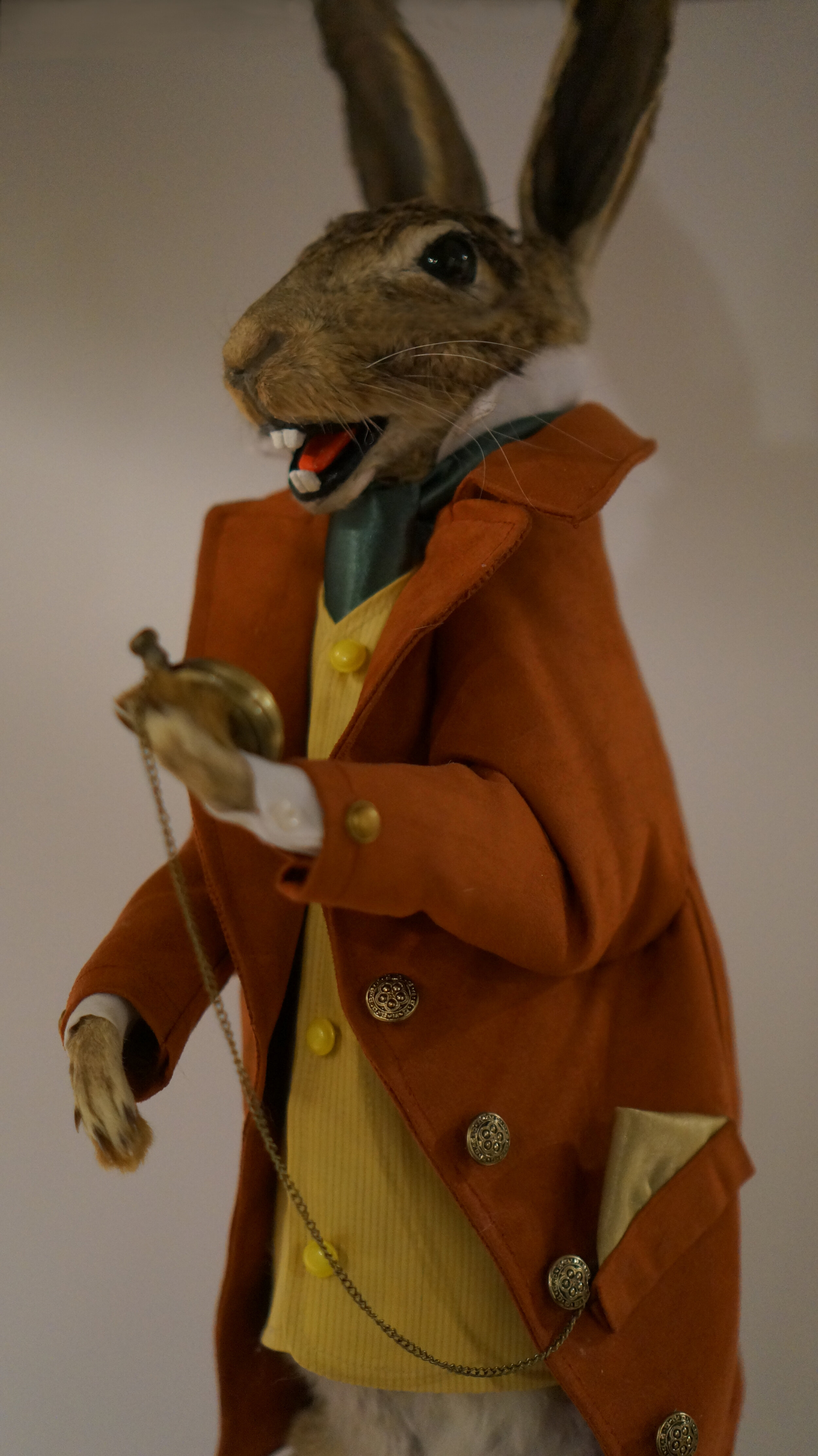
TUTORIALS
Below are free taxidermy tutorials, or links to tutorials from other experts (tutorials on bone cleaning, how to make a wet specimens, how to pin insects, and more being added regularly) . I also share more on Patreon and YouTube.
The tutorials below are made free in the interest of removing the barrier of cost for those who want to learn taxidermy. If you are of means and choose to use these tutorials, I kindly suggest making donations to Outdoor Afro, Feminist Bird Club, Queer Nature, or any groups in your area that center inclusivity in the arts and conservation.
Please make sure you exercise safety and caution when attempting taxidermy or natural history arts on your own, especially with sanitation and PPE, and follow all local laws and ordinances. Please be sure to review SDS sheets for facts on chemical safety, and follow all local regulations for proper handling and disposal of any waste or chemicals. Gotham Taxidermy and parties mentioned do not guarantee any result or certification, and hold no liability for any damages that may occur.
BIRD TAXIDERMY TUTORIAL
Click through for the bird taxidermy tutorial from my book, Stuffed Animals: A Modern Guide to Taxidermy.
MAMMAL TAXIDERMY TUTORIAL
Click through for the rat taxidermy tutorial from my book, Stuffed Animals: A Modern Guide to Taxidermy.
BONE CLEANING TUTORIAL
Though bone cleaning is a separate practice than taxidermy, many taxidermists get asked about the best way to clean and preserve bones. I offer limited skull and bone cleaning services, and have learned many great things about bone cleaning and skeletal prep from the following resources.
Jana Miller’s Bonelust Blog - Jana is an artist and preparator who lives in rural Florida and often works with roadkill, dumped remains, and other found animals. Her website and blog has a ton of great information and resources, it helped me when I was starting and I hope it will help you too! She is also an animal rescuer and rehabber.
Lee Post the Boneman - In addition to very detailed manuals on skeletal articulation, Lee Post has compiled a few free guides on his website on how to clean and process bones. His books are dedicated to different groups of animals, and have very detailed black and white drawings in an easy to follow, step by step guide.
WET SPECIMENS TUTORIAL
Though wet specimens are a separate practice than taxidermy, many taxidermists get asked about the best way to prepare these. I do not offer these services, but have learned a bit from the following resources. It is not advisable to use food grade metal lids (as fluids can corrode or react poorly) or corks (as fluid can evaporate through them). Wet specimens may use chemicals that require safety considerations in their handling and storage, please consult the appropriate MSDS.
Fluid Preservation: A Comprehensive Reference - A very detailed book on the history and technique. Costly, but may be available at your library too.
NHM London article on Wet Specimens - Details the museums standards, techniques, and care.
OU Article - Details the university’s standards, techniques, and care.
AMNH Article - Details the museums standards, techniques, and care.
Wet Specimen Preservation Techniques FB group
TANNING TUTORIAL
Tanning is the process of chemically preserving a skin-in simple terms, it turns a raw hide into leather. Using a dry preservative, like Borax, does not create a tan, and may or may not be appropriate based on the desired application. Tanning changes the structure of proteins in a skin, making them more stable.
If you want to tan hides for crafts or taxidermy, I strongly suggest purchasing a professional kit like Krowtann, Pro-1, or Trubond. Those links take you to each companies website with guides.
It is feasible to mix your own tanning concoctions (as historic taxidermists did!) but most beginners are working at home without specialized equipment, so I hesitate to recommend these. Tanning is chemistry, and should be approached with respect to the health, safety, and peace of mind of you and your loved ones. By the time you buy all the chemicals, you may realize that for a few dollars more, you could have just bought a kit!
Before purchasing any kit, please be sure to read the instructions and MSDS thoroughly - you may need to purchase buckets, salt, baking soda, and litmus paper, chemical resistant gloves, and a comfortable set of goggles/face protection. Work in a well ventilated area, and follow all local ordinances for chemical disposal.
If you are looking to learn brain tanning and Indigenous tanning practices, I suggest respectfully asking and compensating, Indigenous artisans that hold this knowledge.
INSECT TUTORIALS
Insect preservation is not technically taxidermy, as no skinning or fleshing is involved, and most of the time specimens are dried. Below are links to various tutorials.
Insect pinning videos by Anshul Fernando - This youTube playlist has some great tutorials for insect pinning and preservation from an experienced invertebrate enthusiast. More info in the video comments too.
Insects in resin - This Oxofrd article covers how to preserve insects in resin. Originally for scientific study, this info is also helpful for people who want to make insect resin jewelry and crafts.





